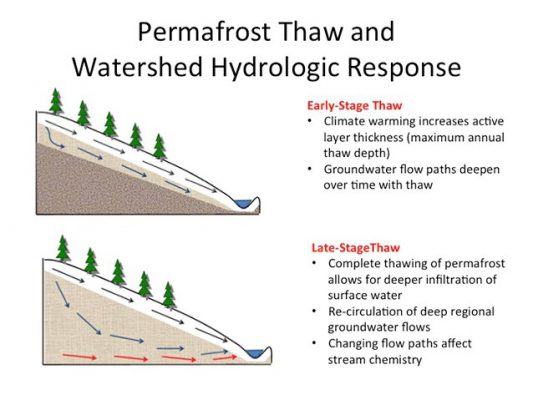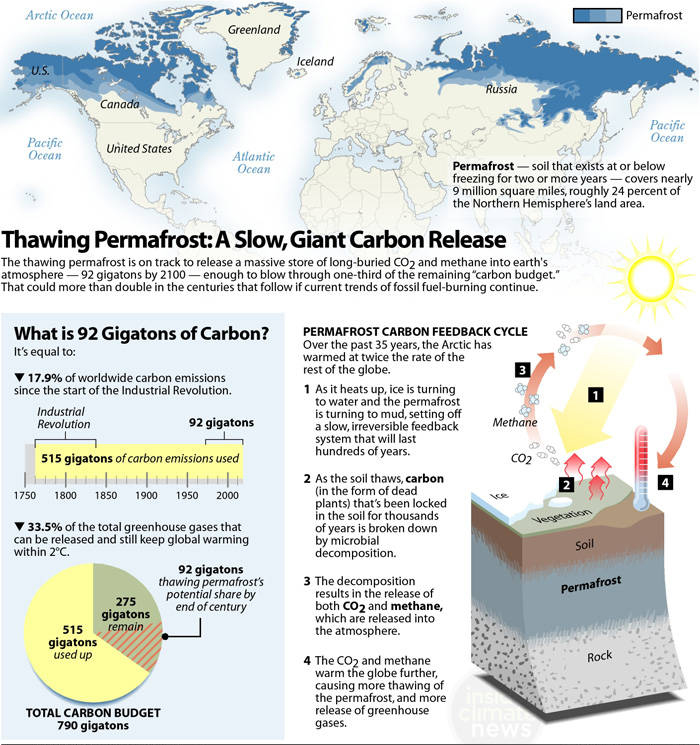- Home
- Prelims
- Mains
- Current Affairs
- Study Materials
- Test Series
Daily Current Affairs | 10th June 2020
Covid-19 Response: Can Modern Monetary Theory Come To India’s Rescue?
Modern Monetary Theory attempts to provide a solution to fund-strapped countries such as ours, especially during the current economic slowdown where the government needs to push fiscal stimulus to kickstart the economy.
The theory, supported by economists such as Stephanie Kelton, L Randall Wray, Bill Mitchell and Warren Mosler, moved in to the limelight recently when US politician, Alexandria Ocasio-Cortez, stated that the theory needs to find a place in discussions revolving around stimulating growth.
‘Modern Monetary Theory’ say

 Threat to infrastructure
Threat to infrastructure
- In conventional economic theory, it is accepted that the government pays for its expenses through the taxes that it collects. To pay for the rest of the expenses, it borrows money by issuing bonds. But government borrowing has an effect of increasing the cost of borrowing or the interest rate paid by individuals and businesses.
- MMT takes the opposing stance and states that countries that have the sovereign right to print their own currency can never run out of money and default. In order to default, it would have to mean that they do not have any more money to pay their creditors. But this can never be the case as long as countries are free to print as much money as they want.
- So, taxes and borrowing do not pay for government spending, instead money is created through government spending. In other words, the theory gives governments the leeway to spend as much as they want on public expenditure and not worry about ballooning fiscal deficit or government debt.
- MMT believes that governments can use taxes as a means to make people use the currency as well as to control inflation.
- The argument of MMT that government borrowing should not be equated with borrowing of individuals and businesses and that governments just cannot default, as long as they can print notes to service the loan goes against conventional belief; but this has been proved right in Japan, Italy and now in the US.
- It is a medieval Catholic cathedral located on an island in Seine River in the Paris, France.
- The cathedral is consecrated to the Virgin Mary and considered to be one of the finest examples of French Gothic architecture.
- The cathedral construction began in 1160 and completed by 1260.
- In 1804, the cathedral was the site of the Coronation of Napoleon I as Emperor of France.
- It contains Holy Crown of Thorns the most precious item of Holy relics and relics from the crucifixion of Jesus- a piece of the cross on which he was nailed and one of the nails.
- Permafrost is ground that remains completely frozen at 0 degrees Celsius or below for at least two years. It is defined solely based on temperature and duration. The permanently frozen ground, consisting of soil, sand, and rock held together by ice, is believed to have formed during glacial periods dating several millennia.
- These grounds are known to be below 22 per cent of the land surface on Earth, mostly in polar zones and regions with high mountains. They are spread across 55 per cent of the landmass in Russia and Canada, 85 per cent in the US state of Alaska, and possibly the entirety of Antarctica.

- In northern Siberia, it forms a layer that is 1,500 m thick; 740 m in northern Alaska. At lower latitudes, permafrost is found at high altitude locations such as the Alps and the Tibetian plateau.
- While permafrost itself is always frozen, the surface layer that covers it (called the “active layer”) need not be. In Canada and Russia, for example, colourful tundra vegetation carpet over permafrost for thousands of kilometres. Its thickness reduces progressively towards the south, and is affected by a number of other factors, including the Earth’s interior heat, snow and vegetation cover, presence of water bodies, and topography.
- A study has shown that every 1 degree Celsius rise in temperature can degrade up to 39 lakh square kilometre due to thawing. This degradation is expected to further aggravate as the climate gets warmer, putting at risk 40 per cent of the world’s permafrost towards the end of the century– causing disastrous effects.
- When permafrost thaws, microbes start decomposing this carbon matter, releasing greenhouse gases like methane and carbon dioxide. Researchers have estimated that for every 1 degree Celsius rise in average temperature, permafrost grounds could release greenhouse gases to the tune of 4-6 years’ of emissions from coal, oil, and natural gas — becoming a major factor of climate change in themselves.
 Threat to infrastructure
Threat to infrastructure
- As temperatures rise, the binding ice in permafrost melts, making the ground unstable and leading to massive potholes, landslides, and floods. The sinking effect causes damage to key infrastructure such as roads, railway lines, buildings, power lines and pipelines that serve more than 3.5 crore people that live in permafrost regions. These changes also threaten the survival of indigenous people, as well as Arctic animals.
- Soil subsidence is a major cause for concern in Siberia, where ground levels have collapsed by more than 85 metres in some parts.
- In Canada and Alaska, the costs of repairing public infrastructure are escalating. As per an Arctic Council report from 2017, melting ice would make infrastructure foundations unable to withstand loads that they were able to during the 1980s — a finding that has been corroborated by the owners of Russia’s oil leak site, who said after the incident that the fuel tank’s supporting pillars had held it in its place “for 30 years without difficulty”.
- According to the World Health Organisation (WHO), community transmission “is evidenced by the inability to relate confirmed cases through chains of transmission for a large number of cases, or by increasing positive tests through sentinel samples (routine systematic testing of respiratory samples from established laboratories)”.
- In other words, community transmission or spread is said to be taking place when the source of the contagion is not known, i.e. when one is unable to trace an infection back to a carrier who has travelled in an affected area, or through contact with a person who has the disease.
- A state of community spread implies that the virus is now circulating in the community, and can infect people with no history — either of travel to or contact with affected people and areas. At this stage, it is theoretically possible for everyone to catch the infection.
- In the first stage of a disease that eventually takes the form of a pandemic sweeping the globe, cases are imported into a country in which the infection did not originate. An infection whose spread is contained within the boundaries of one or some countries is obviously not a pandemic. The first case of Covid-19 outside China was reported in Thailand.
- The second stage is when the virus starts being transmitted locally. Local transmission means that the source of the infection is from within a particular area and the trajectory the virus has taken from one person to the next is clearly established.
- The third stage is that of community transmission.
- There is also a fourth stage in every pandemic. It is when the disease becomes endemic in some countries. The Indian government’s containment plan takes this possibility into account. Among diseases that are currently endemic in India — meaning they occur round the year across the country — are malaria and dengue.
- The idea of International Day of Yoga was first proposed by Prime Minister Narendra Modi during his speech at the UN General Assembly (UNGA), on September 27, 2014.
- A draft resolution on ‘International Day of Yoga’ introduced by India’s Ambassador to UN received support from 177 nations, the highest number of co-sponsors for any UNGA resolution.
- Thereafter, the United Nations proclaimed June 21 as the International Day of Yoga.
- International yoga day coincides with the summer solstice (The Sun being directly overhead the Tropic of Cancer).
- Yoga is inscribed in the list of UNESCO Intangible Cultural Heritage of Humanity of India.









 Latest News
Latest News
 General Studies
General Studies